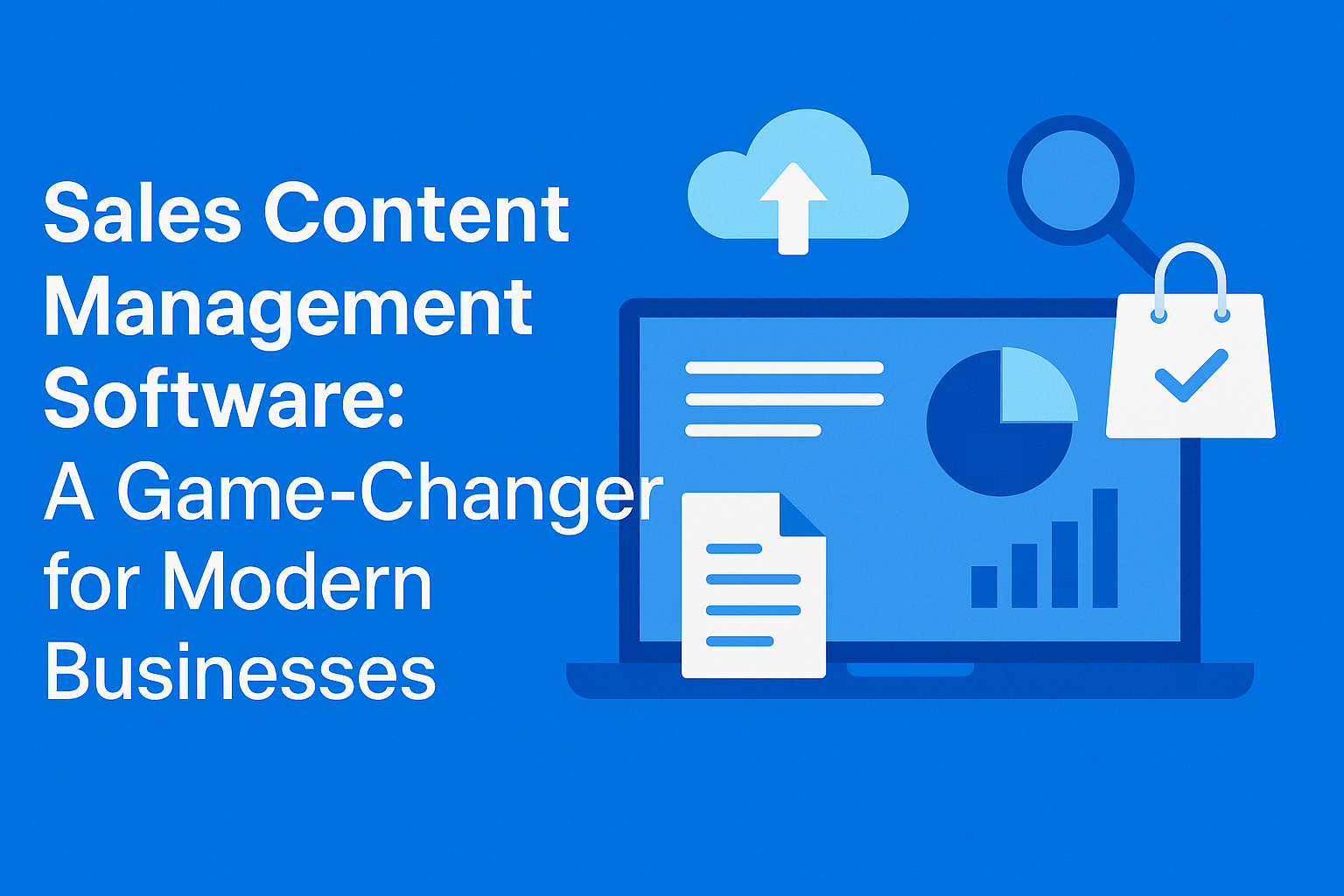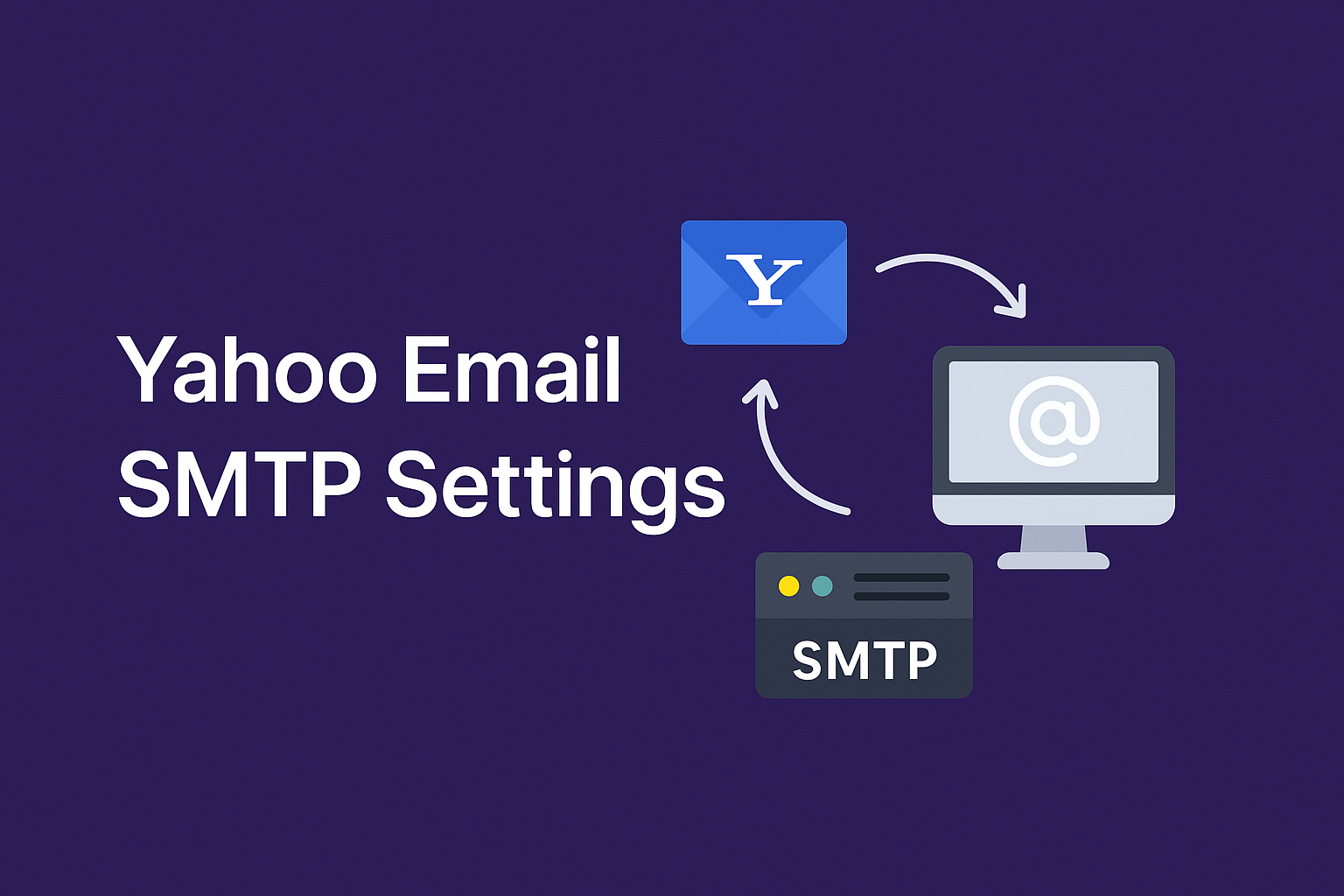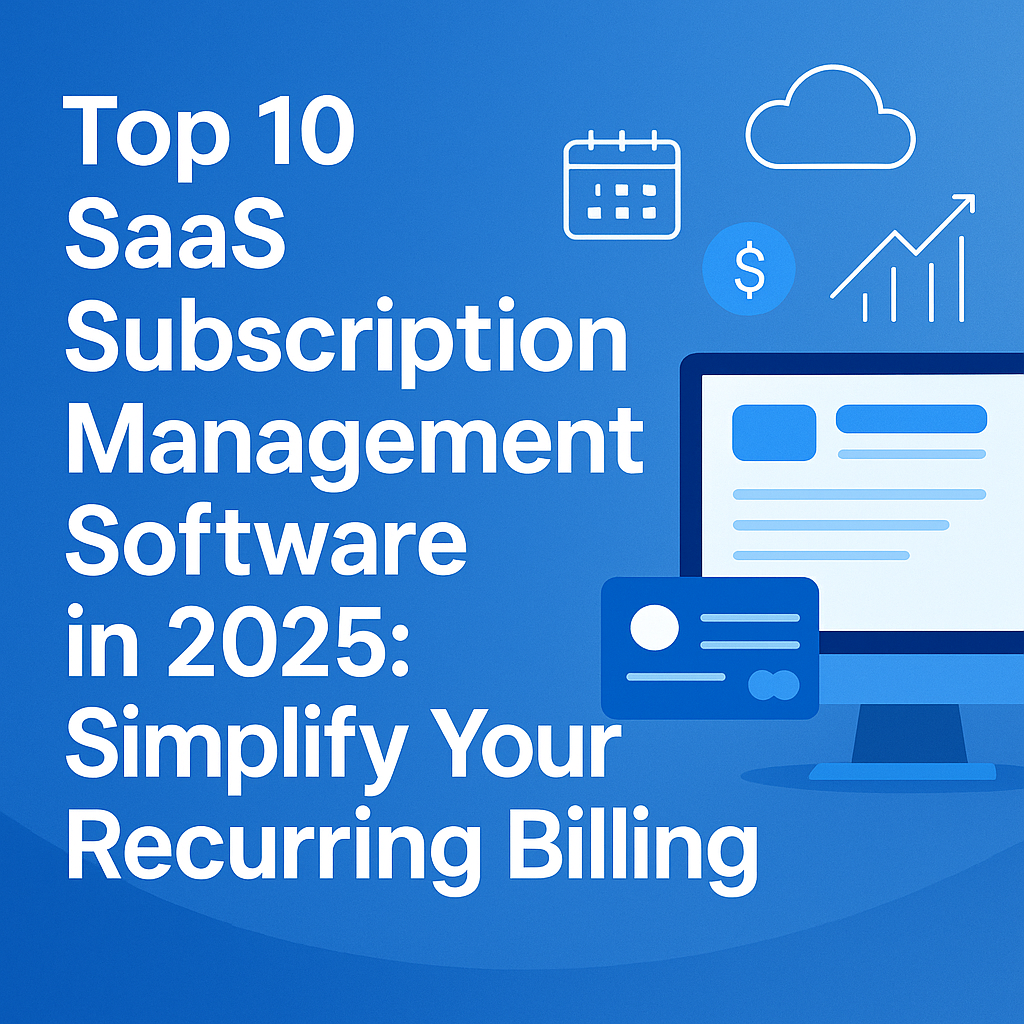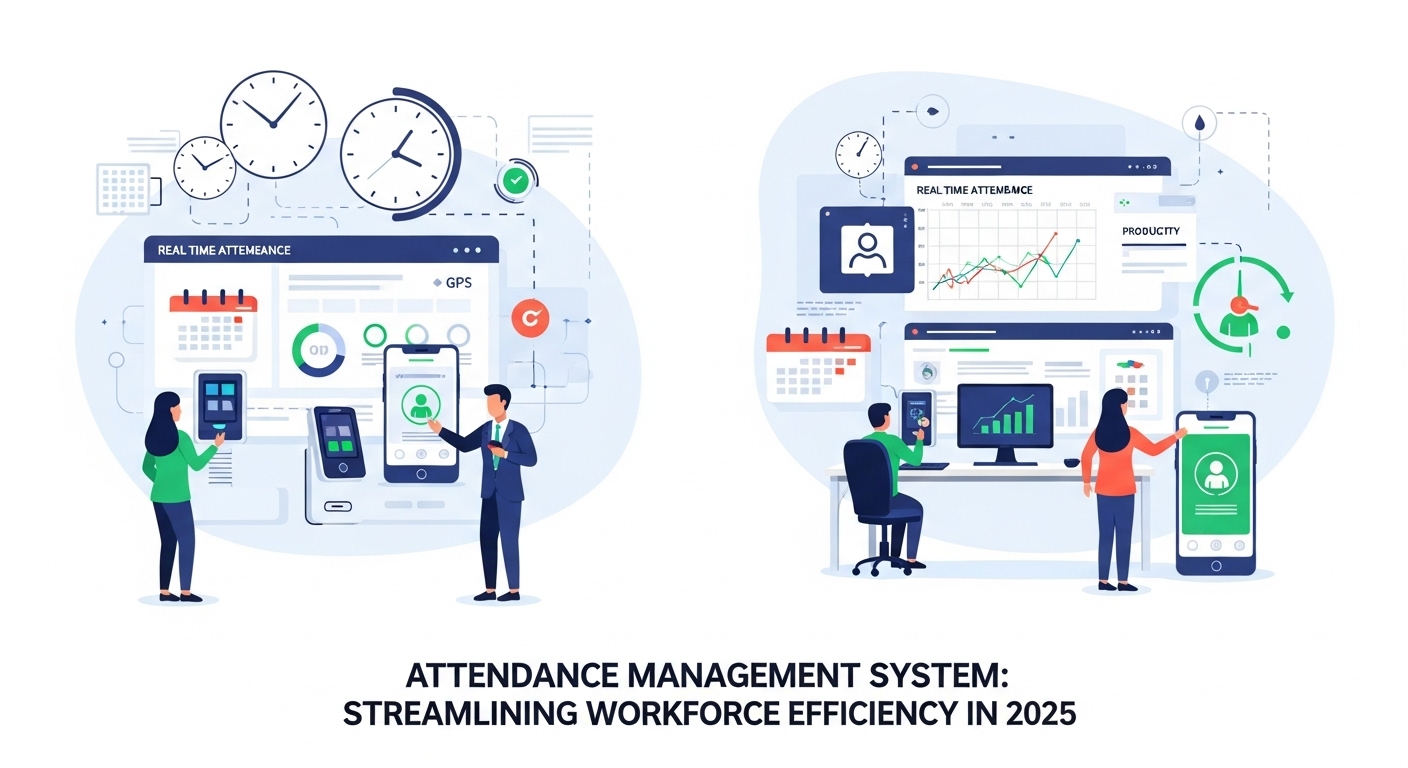Headless CMS: The Future of Content Management
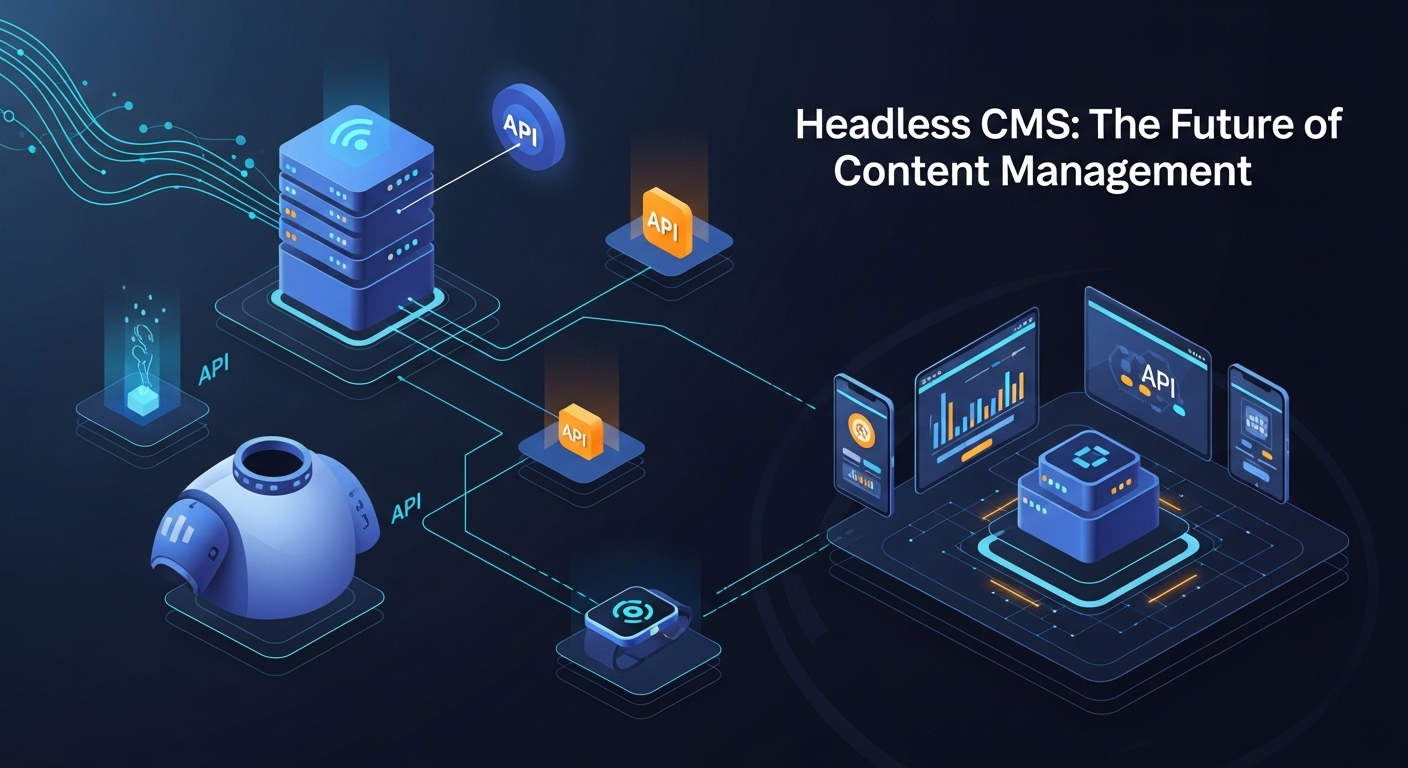
Strong 8k brings an ultra-HD IPTV experience to your living room and your pocket.
In the fast-evolving digital landscape, traditional content management systems (CMS) are being replaced by more flexible, scalable, and developer-friendly solutions. One such revolutionary approach is the Headless CMS. In this blog, we’ll dive deep into what a Headless CMS is, how it works, its advantages and disadvantages, and why it’s becoming the go-to choice for modern businesses and developers.
What is a Headless CMS?
A Headless CMS is a content management system that provides a way to manage and store content without being tied to a specific front-end or presentation layer. Unlike traditional CMS platforms like WordPress or Joomla, where the backend (content storage) and frontend (content display) are tightly coupled, a headless CMS separates the backend from the frontend.
The term "headless" comes from chopping off the "head" (frontend) of a traditional CMS, leaving only the "body" (backend content repository). Developers can then use APIs (usually RESTful or GraphQL) to fetch content and display it across various platforms—websites, mobile apps, smart TVs, IoT devices, and more.
How Does a Headless CMS Work?
In a traditional CMS:
Content is created, managed, and stored in the same platform.
The CMS controls how content is presented on the frontend.
In a headless CMS:
Content is created and stored in a backend interface.
An API delivers that content to any frontend or device.
Here’s a basic architecture:
Content Editor (Backend) → API (REST/GraphQL) → Frontend (React, Angular, Mobile App, etc.
Benefits of Using a Headless CMS
1. Omnichannel Content Delivery
A headless CMS allows you to push content to multiple platforms from a single source—your website, mobile app, smartwatch, or even digital signage.
2. Developer Flexibility
Front-end developers can use any framework or technology stack. This promotes faster development, better performance, and highly customized experiences.
3. Improved Scalability
Since content delivery is handled via APIs, a headless CMS can scale more efficiently, especially for enterprises dealing with large volumes of content or high-traffic websites.
4. Better Security
Headless CMS platforms reduce the attack surface by decoupling the frontend from the backend. There's no direct connection between the CMS and the frontend that can be exploited.
5. Faster Performance
Decoupled architecture and optimized frontend code lead to faster page load times and better performance, which is critical for SEO and user experience.
Disadvantages of Headless CMS
1. Requires More Development Resources
Unlike traditional CMS platforms that offer plug-and-play themes, a headless CMS requires custom frontend development, increasing time and cost.
2. No Built-In Preview
Content editors may miss the real-time preview feature since the CMS has no direct link to the presentation layer.
3. Learning Curve
Teams must be familiar with APIs and frontend technologies, which may be challenging for non-technical users.
Top Headless CMS Platforms in 2025
Here are some popular headless CMS platforms that are widely adopted by developers and businesses:
1. Contentful
- Cloud-based
- Easy-to-use UI
- Robust API support
2. Strapi
- Open-source
- Node.js-based
- Flexible and developer-friendly
3. Sanity
- Real-time collaboration
- Structured content model
- Customizable UI
4. ButterCMS
- Simple API integration
- Good for marketing teams
- Supports multiple frameworks
5. Storyblok
- Visual editor + headless CMS
- Ideal for content teams
- API-first approach
Use Cases of Headless CMS
🟢 E-commerce Websites
Integrate a headless CMS with platforms like Shopify or BigCommerce to manage product descriptions, blog content, and promotional banners across multiple channels.
🟢 Mobile Apps
Fetch content via APIs and deliver dynamic updates to iOS and Android apps without needing app store re-approvals.
🟢 Multi-language Websites
Manage multiple language versions of your content and deliver them dynamically based on user location.
🟢 SaaS Platforms
Create a knowledge base, help docs, and marketing landing pages using a scalable CMS that doesn’t interfere with the core platform.
SEO and Headless CMS: What You Need to Know
One concern around headless CMS is SEO. Since headless CMSs rely on JavaScript-based frontends like React or Vue, search engines might face issues crawling dynamic content.
But with the right practices, SEO performance can be excellent:
✅ Use Server-Side Rendering (SSR)
Frameworks like Next.js and Nuxt.js help render pages on the server, making them crawlable by search engines.
✅ Dynamic Sitemaps and Metadata
Ensure you dynamically generate sitemaps, meta tags, Open Graph data, and schema markup via API-driven logic.
✅ Page Speed Optimization
Decoupled frontends often load faster when optimized correctly, which is a major SEO ranking factor.
✅ Clean URL Structure
Even though the CMS is headless, implement readable and optimized URLs for all content types.
Is Headless CMS Right for You?
- Consider switching to a headless CMS if:
- You’re managing content across multiple platforms
- You want complete control over the frontend
- Performance, scalability, and security are top priorities
- Your team has access to developers who can build the custom frontend
Stick with a traditional CMS if:
- You need a simple website with minimal customization
- Your team lacks the technical skills for custom development
- Budget and time constraints are major concerns
Final Thoughts
The digital world is no longer just about websites—it’s about apps, devices, digital experiences, and seamless interactions. A headless CMS enables businesses to deliver content wherever users are, with speed, consistency, and creativity. While it may require a steeper learning curve, the long-term benefits in scalability, performance, and flexibility are worth the investment.
As we move deeper into 2025 and beyond, adopting a headless CMS may no longer be a luxury—it might be a necessity for staying competitive.
Note: IndiBlogHub features both user-submitted and editorial content. We do not verify third-party contributions. Read our Disclaimer and Privacy Policyfor details.



